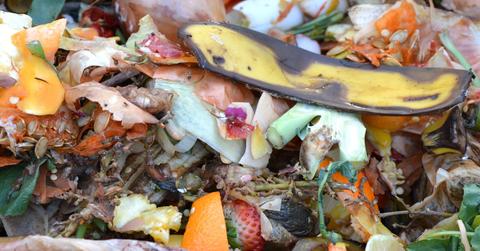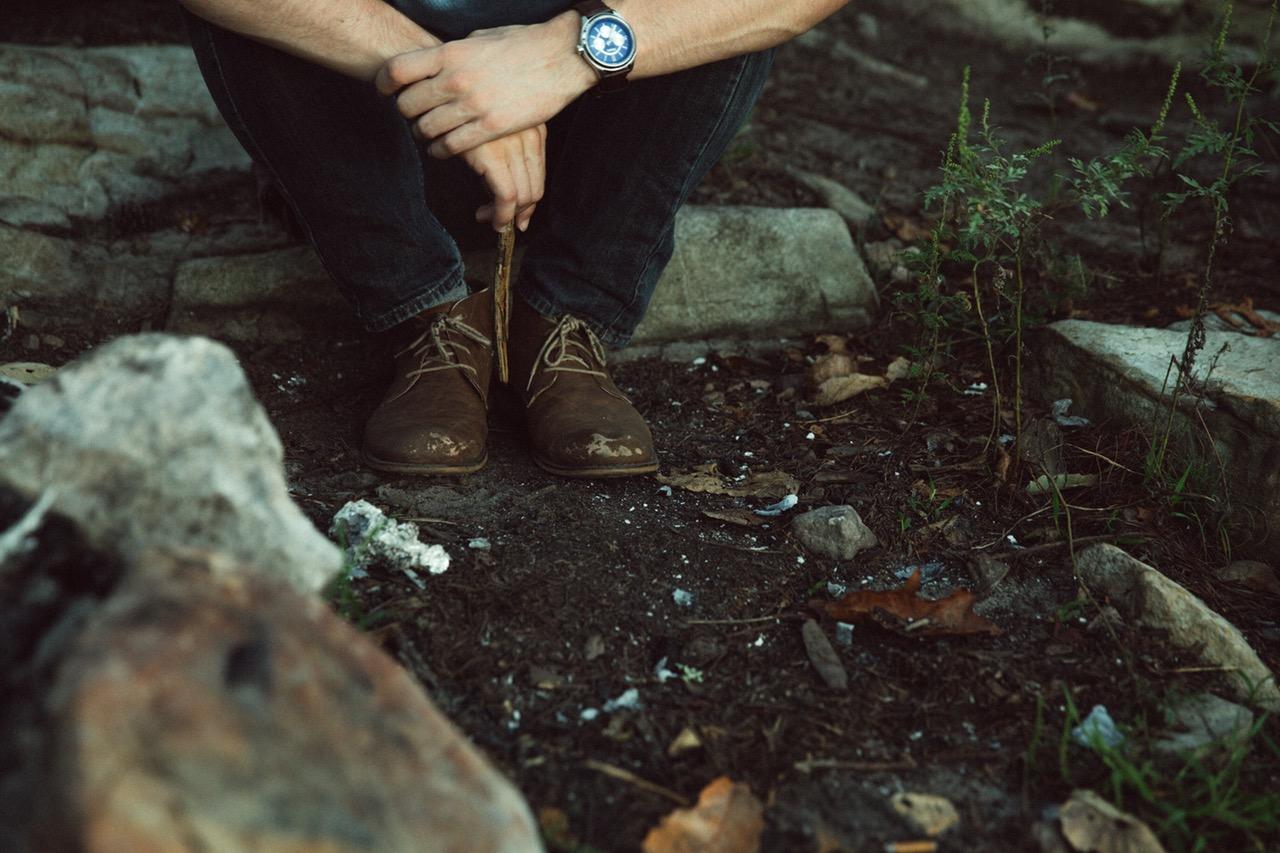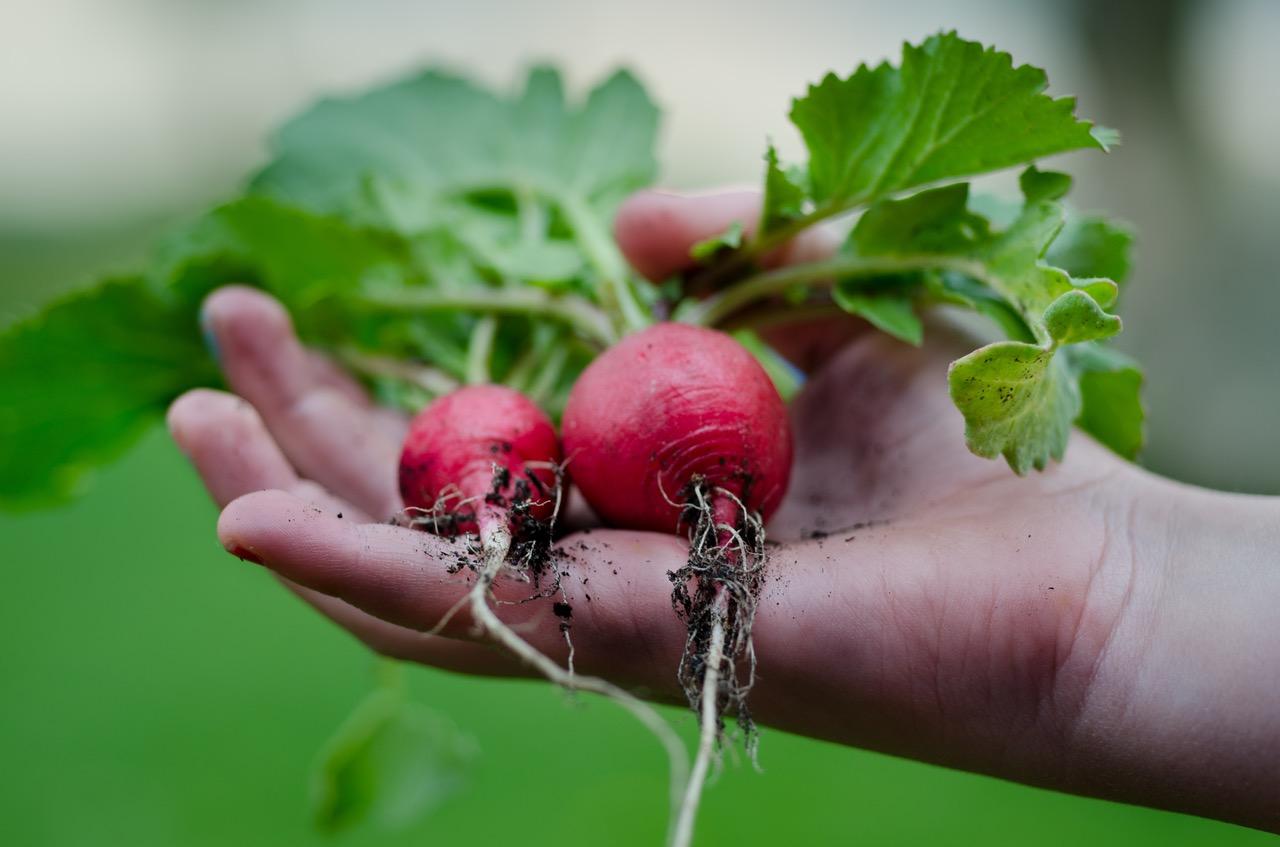Curious About Composting? Here's How To Make It Work For Any Lifestyle
Composting reduces household waste by up to 50 percent, prevents air pollution, retains moisture, and closes the nutrient cycle. There's a compost system to fit any lifestyle—which one is perfect for you? We'll help you break it down.
Updated May 30 2019, 3:52 p.m. ET
For a lot of people, composting is a radical act. Though don't worry: It's more accessible than you'd think, even if you don't have a green thumb.
Many of us feel disconnected from the planet and natural systems, and really, who can blame us? But luckily, it's surprisingly easy to reconnect with the earth and be mindful about our waste.
Food systems are the perfect example of this. We artificially grow super-crops, cover vegetation with pesticides and artificial fertilizers, and toss food scraps that are brought to landfills. There, waste is so compressed air can’t get to it. Anaerobic decomposition produces methane, a greenhouse gas 35 times more potent than carbon dioxide.
Composting has the potential to change all of this by reducing household waste by up to 50 percent, preventing air pollution, retaining moisture, and closing the nutrient cycle. And it will even nourish your gardens, too.
Our strange relationship with the dirt
Humans get more than 99.7% of their food from the land. Yet our relationship with dirt is at a point where the U.S. is losing soil 10 times faster than it can naturally replenish itself. Soil degradation is caused by many factors, but coming in first is overgrazing (35 percent), followed by deforestation (30 percent), and agricultural practices like tilling and plowing (28 percent).
Deforestation, plowing, and overgrazing disrupts the microbial activity in dirt's top layer. Without that healthy ecosystem, and lacking root structures to hold water or leafy canopies to block sunlight, dirt dries out. Rainfall and wind then come along and wash or blow the soil away. We lose the equivalent of 30 soccer fields worth of soil every minute. This loss destroys cropland, causing malnutrition and civil unrest in affected areas.
Composted dirt retains up to 30 percent more water than unenriched soil. Compost is loaded with nutrients, attracts beneficial insects like worms and beetles to gardens, and contributes to the regeneration of topsoil. Not to mention, using compost to garden removes one small spoke from the wheel of big agriculture, reducing ever so slightly our dependence on fossil fuels, toxins, and processed foods.
Composting is an insanely simple process
Anything that was ever alive will eventually decompose. Science is on your side with this one! All you need to do is siphon organic matter like food, nail clippings and paper products away from your normal waste stream and put it somewhere to decompose. From there, it’s up to you whether the soil you created goes into your veggie plot, a nearby community garden, or to a local green thumb’s backyard.
Depending on your living situation, one of the following systems will be all you need to get started with composting.
Vermicompost
Vermicompost is a composting process that invites worms along to do the heavy lifting. The worms (available for order online) eat the food scraps, which are then converted into topsoil. This is the simplest composting option for people in apartments or other small spaces without a backyard.
You can purchase any variety of adorable vermicompost kits, but it’s also surprisingly simple to make your own worm bin using 2 plastic buckets. What you produce will be plenty for container gardens, or can be bagged up and donated to a nearby garden.
Countertop compost bins
Countertop compost bins are actually just vessels holding food scraps until you can get outside to add them to a tumbler, pile or garden. The most popular countertop containers come in plastic, ceramic or metal and have a charcoal filter to keep the food scraps aerated without smelling. You can also make your own or use a sturdy snap-lock Tupperware container.
Compost tumbler
Backyard compost can be stored in a heap, bin, barrel, pallet cube, or—most popularly—a tumbler. Tumblers make it easy to rotate and aerate their contents, helping to speed up decomposition. Tumblers will run you $100 and come in a variety of styles; or you can make your own using an upcycled plastic drum or garbage pail for less than $20.
Compost bin or heap
For those of you out in the country, a simple wire-mesh enclosure will do the trick. You can buy compost bins made out of wood online, but for significantly less you can make your own out of pallets, old bureaus, scrap wood or fencing.
Of course, you can also just have a compost heap: a pile onto which you place your food and lawn scraps.
Direct compost
Direct composting is the process of taking food scraps and putting them directly onto garden beds (as in mulch gardening) or burying them in the ground. If your garden is well-protected from pests, this is an extremely easy method that cuts out extra steps of composting.
Troubleshooting tips
For a compost pile to run efficiently, it needs to have the proper proportion of carbon to nitrogen. Luckily for you, no science degree is required to figure this stuff out. If your compost bin begins to smell bad or mold, it means you need to strike a balance between dry (brown) things that contain carbon, and your wet (green) things filled with nitrogen. If you have too much green, it will smell like ammonia or sewage. Add dry leaves, wood chips, or damp strips of newspaper to the mix.
Compost will smell like rotting eggs if it doesn’t have enough aeration. In this case, turn the pile so air can get to it.
If time is of the essence, be sure you cut up everything destined for the compost bin into little pieces. The smaller the surface-to-volume ratio, the faster decomposition will occur. Also, the more your stir or turn your compost, the more air will get to it and help speed the dirt-making process.
And lastly, a note about pests. Direct-compost systems and compost heaps won't be attractive to critters so long as you keep dairy and meat out of them. To play it safe (especially when starting out), it's best to only add meat and dairy to tumbler or bin systems.


